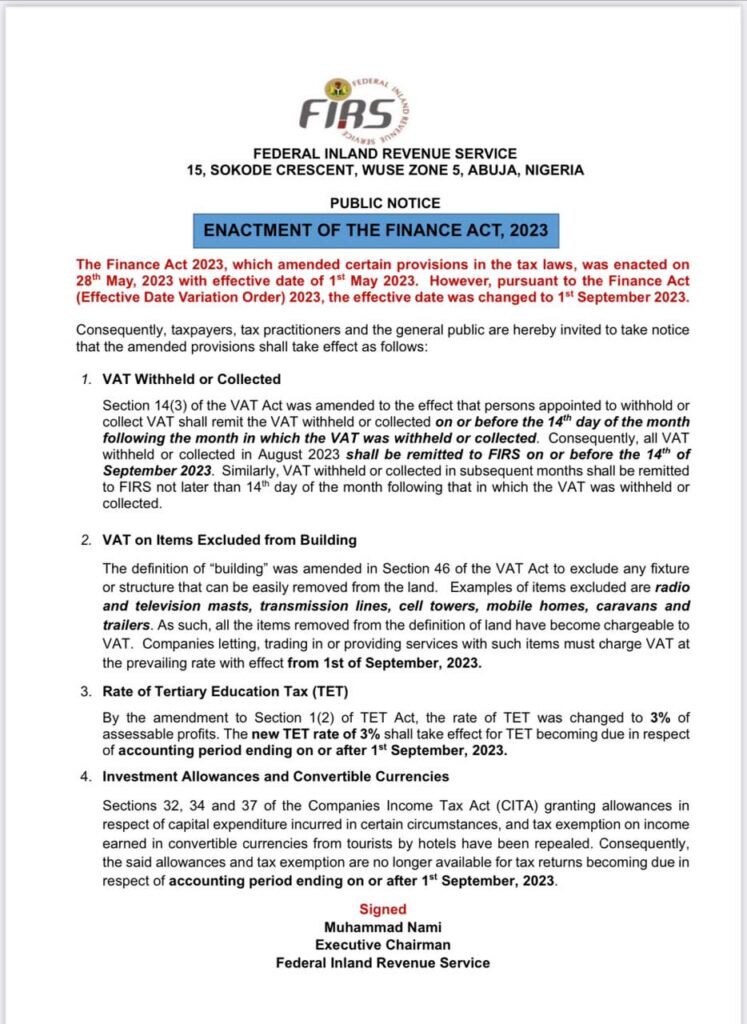Oil futures marginally rose in early trading on Monday as a potential hurricane system approached the U.S. Gulf Coast, and as markets began to recover from a selloff following weaker-than-expected U.S. jobs data on Friday.
Latest data on the markets indicated that West Texas Intermediate crude futures rose $1, or 1.48 per cent, to $68.67 a barrel while Brent crude futures were up 99 cents, or 1.39 per cent at $72.05 a barrel.
Industry analysts attributed the bounce partly to a reaction to a potential hurricane in the U.S. Gulf Coast.
Experts have predicted a weather system in the Southwestern Gulf of Mexico to become a hurricane before it reaches the northwestern U.S. Gulf Coast, the U.S. National Hurricane Center said on Sunday.
The U.S. Gulf Coast accounts for some 60 per cent of U.S. refining capacity.
A market analyst, Tina Teng, was reported to have said that “sentiment recovered somewhat from last week’s selloff.”
At the Friday close, the Brent crude had dropped 10% in the week to the lowest level since December 2021, while WTI fell 8% to its lowest close since June 2023.
Commenting on the market’s trend, ANZ analysts wrote in a client note: “Crude oil recorded its biggest weekly fall in 11 months amid a darkening economic backdrop. Weak jobs data in the U.S. on Friday raised concerns over flagging oil demand in the world’s biggest consumer.”
The just published highly anticipated U.S. government jobs report showed nonfarm payrolls increased less than market watchers had expected in August, rising by 142,000, and the July figure was downwardly revised to an increase of 89,000, which was the smallest gain since an outright decline in December 2020.
Analysts maintain that a decline in the jobless rate points to the Federal Reserve cutting interest rates by just 25 basis points this month rather than a half-point rate cut, while lower interest rates typically increase oil demand by spurring economic growth and making oil cheaper for holders of non-dollar currencies.
However, weak demand in the markets has continued to cap price gains.
For instance, refining margins in Asia have slipped to their lowest seasonal levels since 2020 on weak demand from the two largest economies even as fuel oil exports to the U.S. Gulf Coast fell to the lowest level since January 2019 last month on weaker refining margins.






